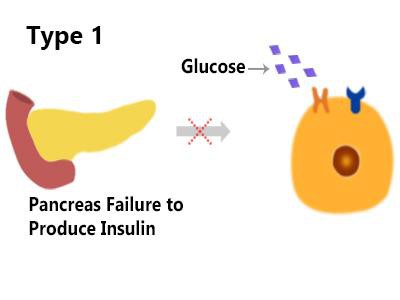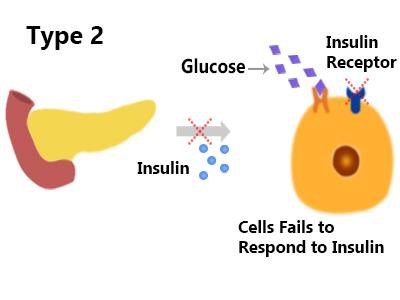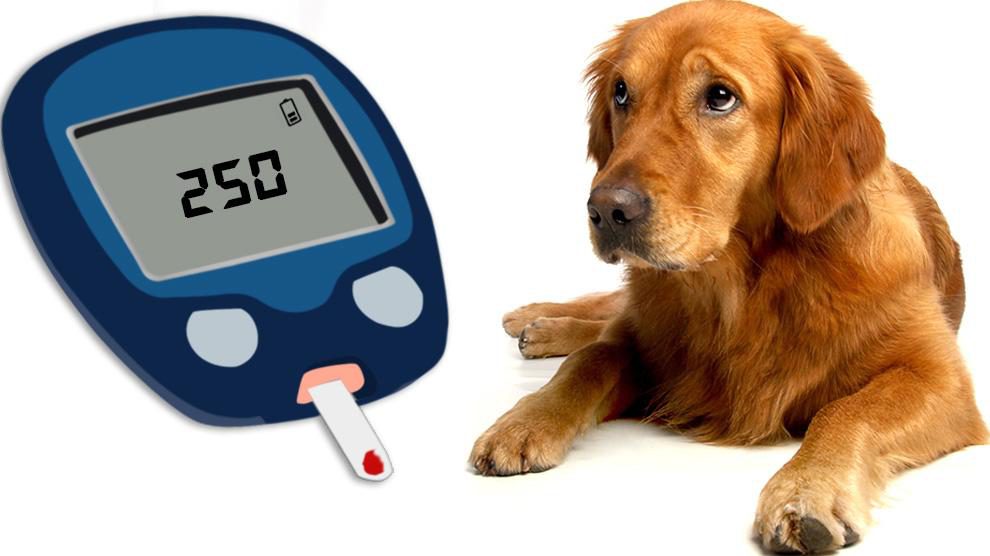Dog Pregnancy Calculator And Timeline
Diabetes, the growing epidemic, is not just limited to people; dogs also suffer from diseases like diabetes. Diabetes in dogs occurs and one in every 200 dogs is reported to develop this disease.
The dog breeds prone to get diabetes are Australian Terriers, Mini Schnauzers, Poodles, and also in Golden Retrievers. This health issue may sometimes go unnoticed because the occurrence of symptoms is nil during the early stages.
And if left untreated for a long time, it may lead to further complications like diabetic cataracts, diabetic ketoacidosis, etc.
Many types of treatment methods are available these days, and if you want to help your pet live a long and healthy life, you need to know everything about Diabetes in Dogs.
Know the Basics
Diabetes in dogs is either caused due to the lack of insulin hormones or the body’s inability to use insulin properly. When a dog eats, its digestive system breaks down the food into glucose and various other components.
Insulin, a hormone secreted by the pancreas, signals the liver, fat cells, and muscles to absorb this glucose to be used as energy.
In the case of insulin deficiency or inability to make proper use of insulin, the cells fail to absorb glucose, accumulating in the blood and causing the blood sugar level to elevate.
Types Of Diabetes Found In Dogs

Type I – The most common form of diabetes found in dogs is Type I. It occurs when the pancreas is incapable of producing enough insulin. The vet usually suggests insulin therapy for dogs in such cases.

Type II – This type is rare among dogs and is mostly found in cats, where the insulin doesn’t correctly respond or, in other words, the body fails to make proper use of the insulin.
Symptoms Of Diabetes In Dogs
If you find your pet showing any one of the following indications, then it is time that you take him to a vet and have his blood-sugar level checked:
- Weight Loss – A sudden loss of weight in your pet could be a high alarm indicating diabetes. Accompanied by weight loss, there are other diseases, too, but this is one of the most prominent symptoms of diabetes.
- Increased Urination and Urinary Tract infection – Constant thirst can lead them to drink more water and pee a lot.
- Weakness or Fatigue is another usual symptom of diabetes in dogs.
Causes And Risk Factors Associated With Diabetes In Dogs
The exact cause of diabetes is unknown, but genetic issues and autoimmune diseases are the most commonly known reasons for diabetes. Research has also revealed that excessive protein deposits and certain medications can cause diabetes to develop in dogs.
If the disease is left treated during the early stages, it could lead to more severe Cataract complications. Over an extended period, diabetes can also lead to the hardening of arteries, nerve issues, and kidney failures.
Untreated diabetes can also cause coma and death. So, when you notice a slight symptom in your dog, take him to the vet right away.
Treatment Measures To Take
Diabetes in dogs is a very silent disease; hence, if you notice one or more symptoms in your pet, take him for a quick blood test. Ensure that you take your pet for a routine medical examination so that you can diagnose diabetes at an early stage even when the symptoms haven’t shown up.
Here’s what the treatment plan for Diabetes would look like;
- Diet – The vet would recommend you include high-quality protein, fiber, protein, fiber, and complex carbohydrates in your dog’s diet to facilitate slow and required glucose absorption. During the treatment, you should feed your dog low-fat food. Ensure to get a complete diet plan from the vet; this will help you split up the meals and the portions effectively.
- Exercise – A consistent and moderate exercise level is necessary for your dog to keep sudden glucose drops at bay.
- Insulin Shots – The vet will mostly prescribe a daily insulin shot for your pet to keep its glucose levels stabilized. It may seem a bit difficult to get your pet used to the injections, but it will become a part of the daily routine as the days go by. Get the vet’s help to give the first few shots, and you can take care once you feel confident; the point is, your pet mustn’t feel.
Apart from following the treatment plan, you need to monitor and manage diabetes in your pet. To do that, you need to pay close attention to what your dog eats, the way it behaves, its energy level, and its glucose levels.
How To Prevent Diabetes In Dogs?
Most of the time, diabetes in dogs is inherited. But otherwise, it can be prevented with proper diet and regular exercise. Obesity is also considered a contributing factor to diabetes; keeping your pet’s weight under control can help prevent the early onset of diabetes in dogs.
Diabetes in your dog shouldn’t make you panic. With proper veterinary help, you will be able to offer the right care and treatment for your dog.
Most importantly, you must know that Diabetes is a manageable disease and can be kept under control with proper care. Consult the best vet near you to ensure top-notch treatment for your dog.




















